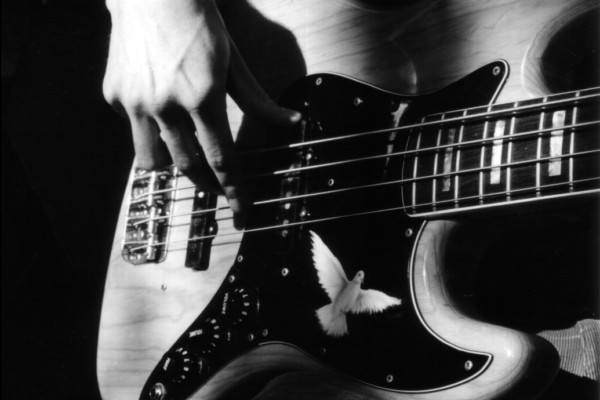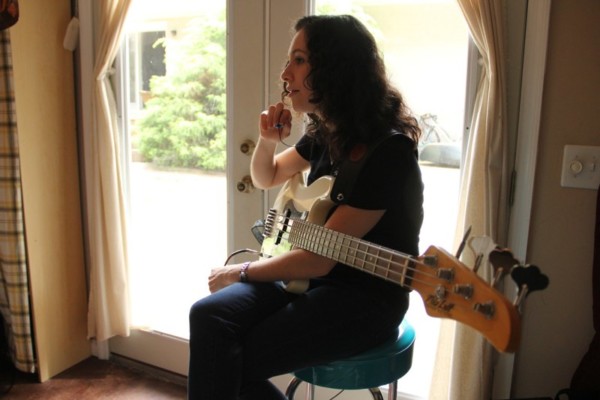The Treatment: Gaining Familiarity With a New Tune (Part 1 of 2)
When improvising, we are freest when we have deeply internalized a song on multiple levels. Before we can improvise the “solo to end all solos,” however, we must have fully assimilated the tune. The fewer rudimentary thoughts we must hold in our mind (such as: what scale goes with this chord?, what fingering can I easily execute? what does F# sound like over this chord? Can I play that? etc.) the more artistic we can be and ultimately the freer we are.
Of course, there are many ways to get to this point with a tune, and with improvisation in general. My students and I often work through a process we call “The Treatment.” It’s a tune-based approach and I view it as a preparation for the high-level study of improvisation. Once you can navigate a tune using the Treatment, you can more easily work on musical and artistic elements of improvisation. In short, you can better say what you wish.
It’s an expandable and contractible routine, and players of any level can use it. Less advanced students might do a simpler version or only a few of the steps, while more advanced players might expand on any one section, or insert their own exercises. You can always start improvising even if you can’t execute every step below, and you probably should. Even though mastering the steps below will help you move toward improvisational freedom, you certainly don’t have to wait to master them before you start improvising.
I adjust the Treatment to suit a student’s individual situation, but a basic routine would look like this:
- Play the melody
- Play “in 2”
- Arpeggiate in 4 (to the 7th)
- Walk “in 4”
- Play the arpeggios (to the 9th)
- Play the scales in steady eighth notes “N8”—up and down
- Connecting and common tones
- Improvise an alternate melody
You want to do each one of these with a steady pulse, just as if you were playing the tune live. If you can’t do the exercises at tempo, you may have to slow the tune down, or go back and do some technical exercises first. For example, if you can’t technically play scales and arpeggios in running eight notes, you might need to stop attempting number 5 above, and go to working on your scales and arpeggios a bit more.
When working each of these steps you can be as cursory, or as intense, as you want. You can play one chorus or you can play several, it’s up to you, and depends a lot on where you are as a musician and how well you know the tune already. Let’s take a few bars as an example of what the process might look like.
Play the Melody
“Play the Melody” is pretty straightforward, but it’s still important to do. I am surprised when bass players do not know the melodies of the tunes they play. It’s valuable, and it’s the first thing I have my students do when learning a new tune. It pays dividends. You should even consider learning the words, if there are any.
For our purposes here, let’s start with “Play in 2.”
***If playing in 2 is a challenge, there is merit in playing only the roots. Start with whole notes, then half notes, then quarter notes. Then, play only the roots but in various octaves. Remember this process is expandable, so fine-tune it to fit your level.
The bars below are the first four bars of All the Things You Are. In practice you would work the entire tune.
Play in 2

?
Less advanced players might start with a chorus of roots and fifths, then roots and thirds, and finally working towards generally satisfying lines in two. More advanced players might just play one chorus before moving on.
If the chords of the tune you are working on move faster than one per measure, you will need to adjust what you play. You can do this by either playing fewer notes (only the roots for example), or speeding up the rhythmic value of the notes you play to quarters, eighths, or whatever is appropriate.
For example:

?
or

Dr. Donovan Stokes is on the faculty of Shenandoah University-Conservatory. Visit him online at www.donovanstokes.com and check out the Bass Coalition at www.basscoalition.com.




[…] 2011 Tweet CommentI’ve talked in the past about delving into a new tune using what I call “The Treatment.” It’s a flexible yet organized way to become more fluent on a tune, especially if it is new to […]